*글 하단의 '한국어 텍스트 다운로드'를 클릭하면 원문을 확인할 수 있습니다.
To Lee, the cow was always a special creature. “When I look into a cow’s big eyes, I know happiness,” he once said, going on to emphasize the special place held by the creature in his artistic universe.
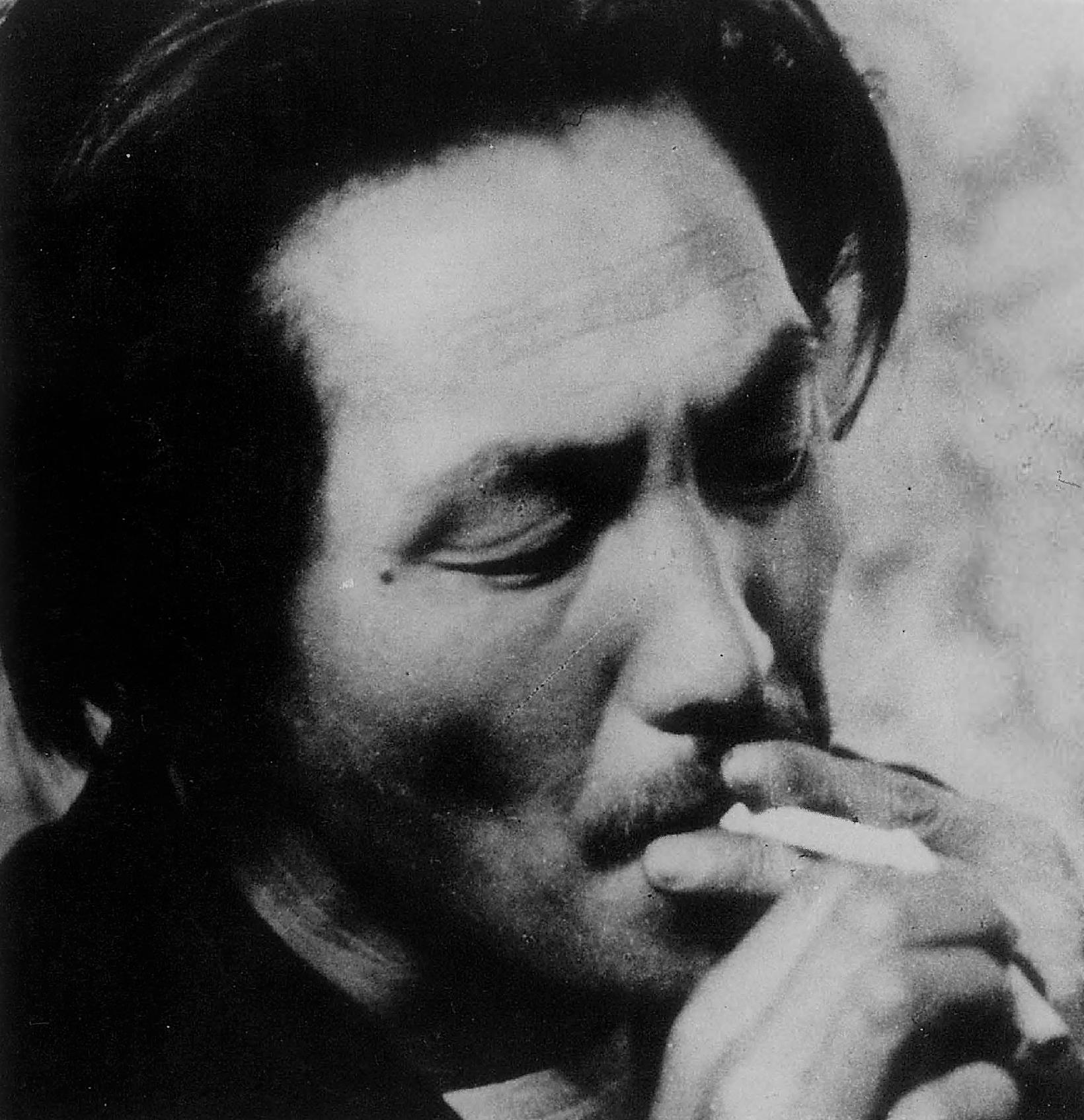
The figure of the cow, wailing against a fierce red sky, is far from ordinary. The black eyes that stare back at the viewer and the fast, rough strokes that make up the rest of the cow’s face come together to create an effect markedly different from the ordinary cows we have grown used to. Painted in 1953, Bull is one of Lee Jung Seob’s most recognizable work. Through the 1950s, Lee concentrated on the subject of the ‘cow,’ creating numerous paintings in this vein including Bull (approx. 1953), White Bull (1955), and Gray Bull (approx. 1956). To Lee, the cow was always a special creature. “When I look into a cow’s big eyes, I know happiness,” he once said, going on to emphasize the special place held by the creature in his artistic universe.
Lee Jung Seob (1916-1956), known by many as the painter of cows, chickens, children and the family, was born in Pyeongannam-do (Northern province of Korea) and moved to Pyongyang in 1923 at the age of 8 where he spent the remainder of his childhood. By chance, a large-scale excavation of mural sites from the Goguryeo Dynasty tombs (founded 37 BC) had begun in the Pyongyang area in 1906 giving the young Lee opportunities to see the ancient murals in person. This experience would eventually become a foundational part of his artistic practice. Having already received attention for his remarkable facility with watercolor, Lee went on to Osan High School in Jeongju, Pyeonganbuk-do and studied under Western-style painter Yim Yongryun (1901-?). After graduating In 1936, he headed to Japan and was admitted to the art department of Bunka Gakuen University in 1937. At Bunka Gakuen University, known for its open and free atmosphere, Lee was able to fully explore his singular artistic talent to his heart’s content.
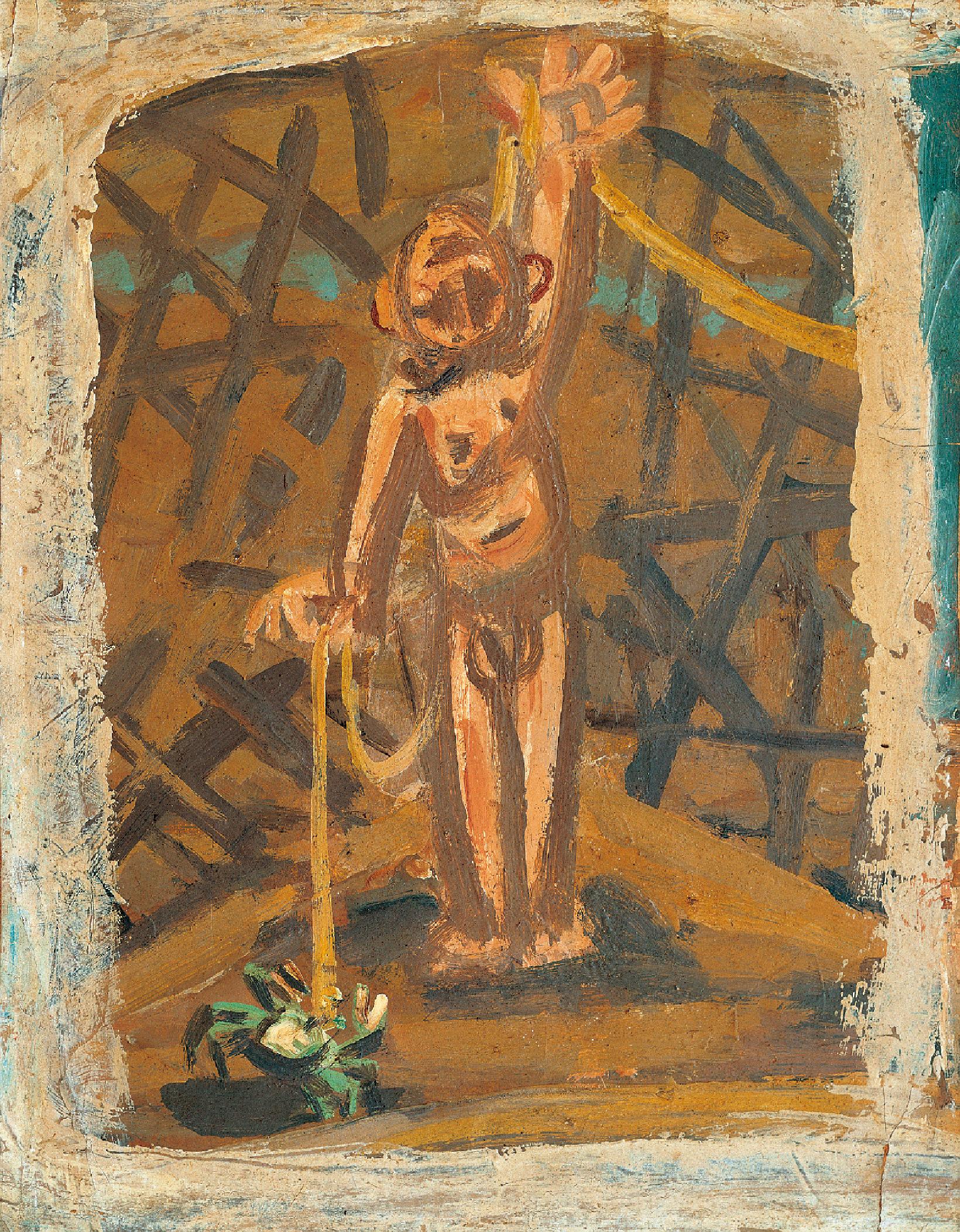
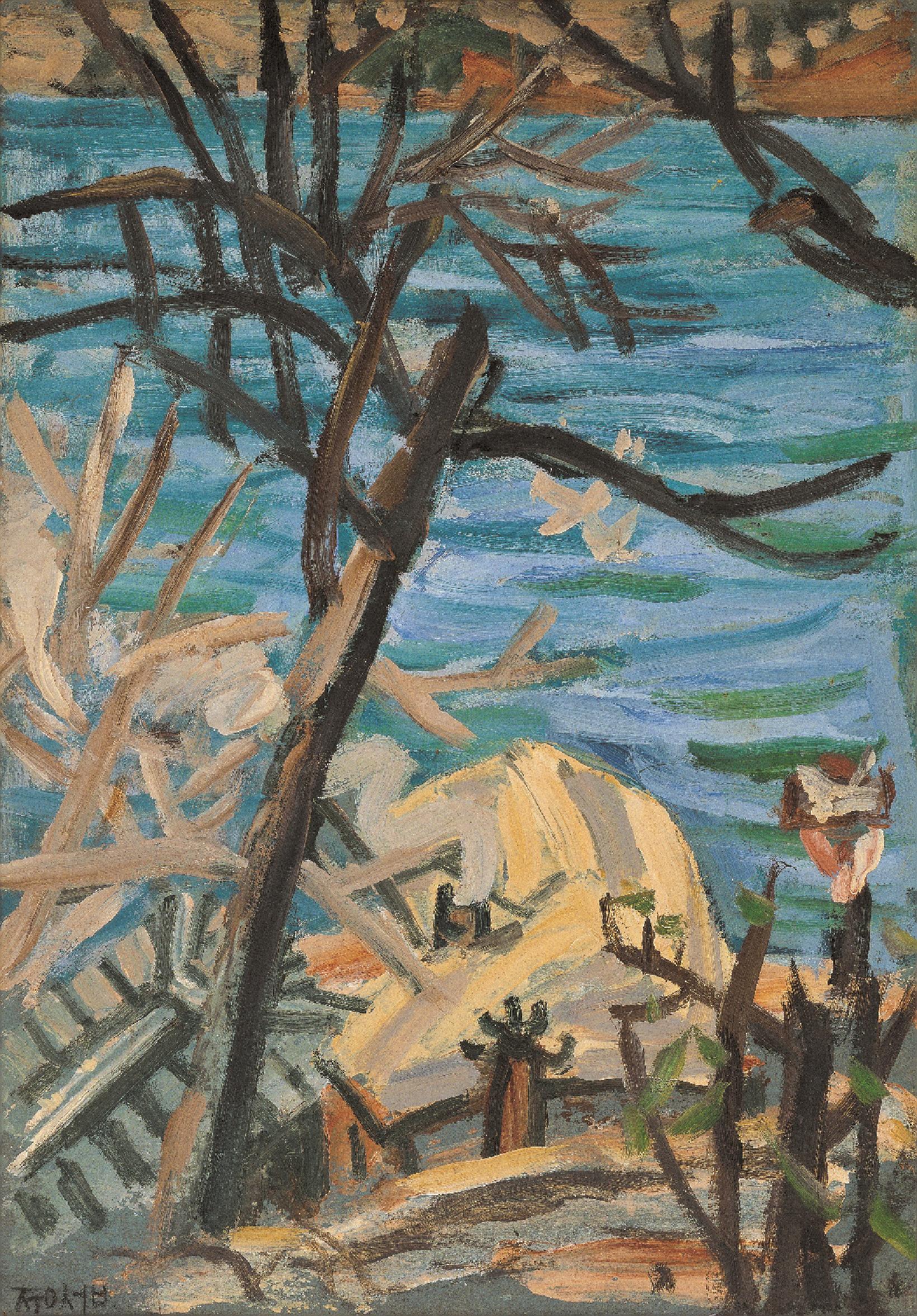
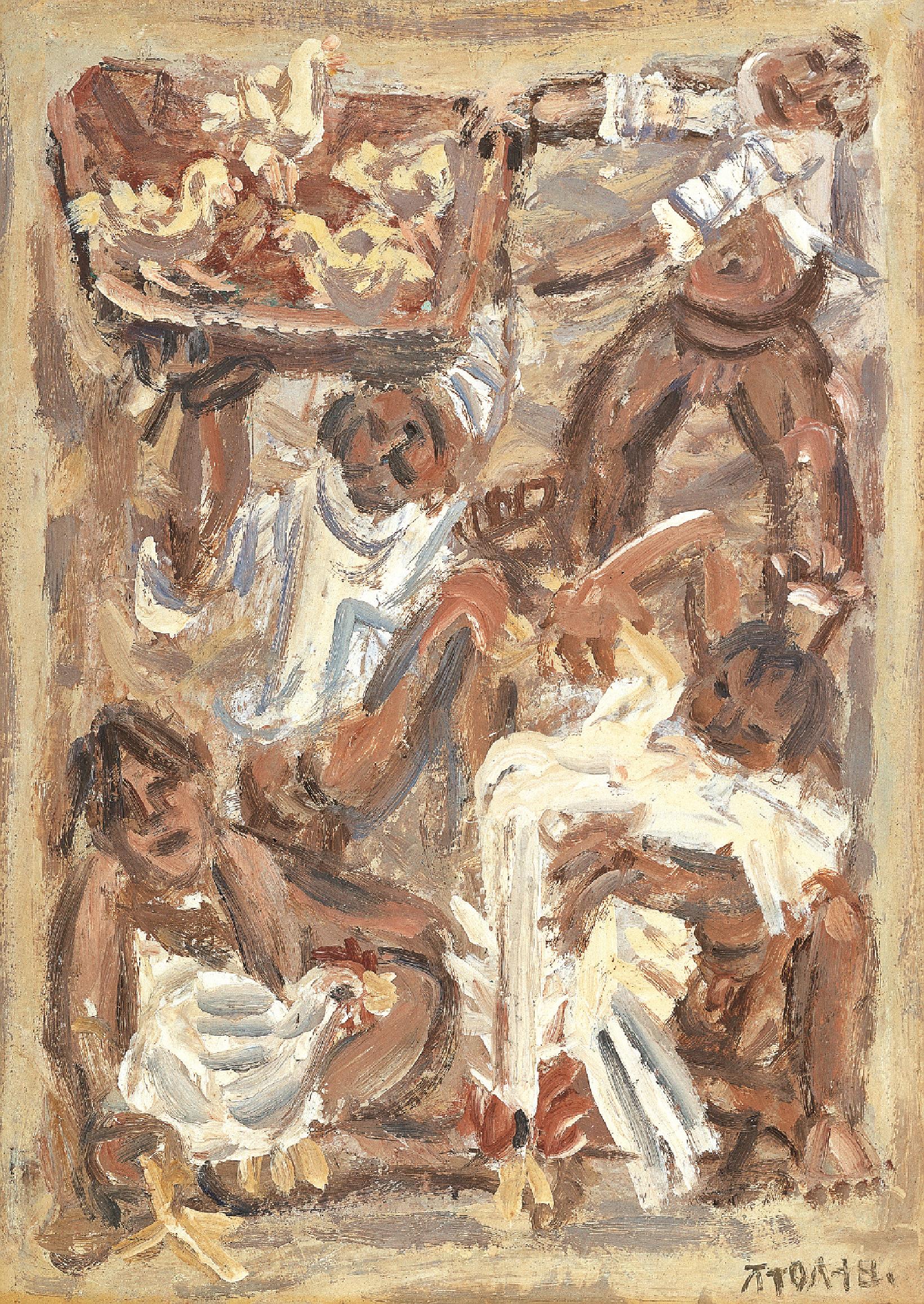
In 1938, Lee submitted five paintings to the 2nd Exhibition of the Free Artists Association, an event generally centered on the work of Japanese artists, and was selected not only for inclusion but received a major award. This marked the beginning of more widespread recognition of his formidable abilities. Japanese reviewers, including critic and poet Shūzō Takiguchi (1903-1979) and Saburo Hasegawa (1906-1957), were full of lavish praise, declaring that “a painter of true genius has arrived from Joseon.” Following this event, Lee became an active member of the Free Artists Association and a prolific presence in the art world eventually founding the Joseon New Artist Association in 1941 together with painter Lee Quede (1913-1965).
“For someone who approaches art with an almost religious faith, art, like life, becomes everything, only ending with death. ‘The unity of life and art’ was, to Lee Jung Seob, a kind of creed. This spirit was perhaps best encapsulated by Ku Sang (1919-2004), a poet, who once wrote about his friend “Never have I seen an artist whose life and art were so united as this.” It is precisely this straightforward approach to life that gives Lee’s work the honest, frank, truthfulness of expression that characterize them. His works naturally connect the time and space in which he stands, his current circumstance, his daily environment, his human relations, and the landscape surrounding him. Therefore, the essence of Lee’s work lies in this inseparable relationship with his life stories.”1)
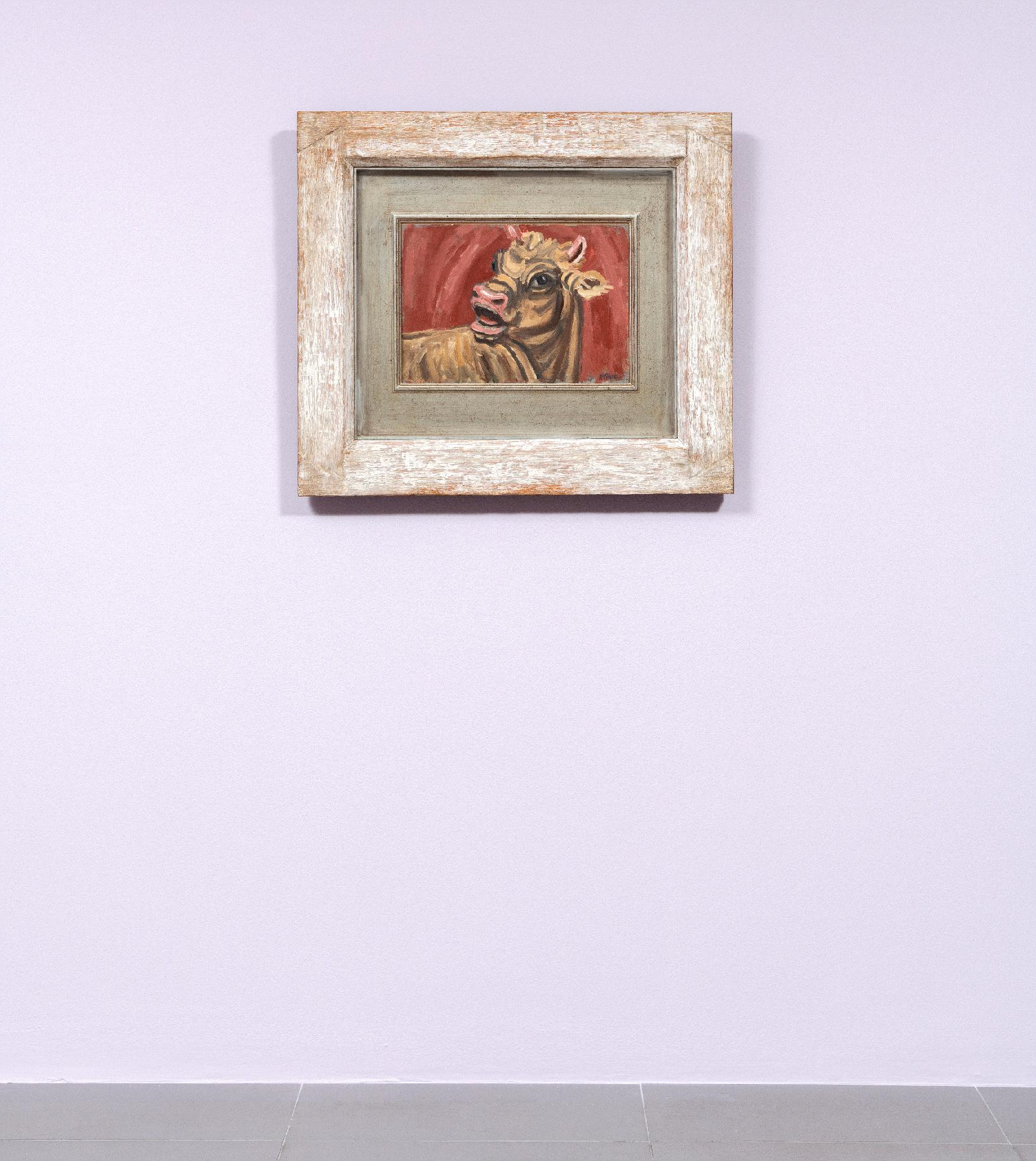
1953-1954
Oil on paper
29 x 41.5 cm
Bull was created during the period, when the artist was far from his loving family after the outbreak of the Korean war. The vivid colors, together with the image of the bellowing cow, produce a powerful energy that speaks to the determined hope Lee held in his heart for reunion with his family. It is widely known that Lee’s cow paintings have been heavily influenced by the tomb murals he saw at that young age. The murals of this time can be characterized by the use of strong brushstrokes and compositions that fill the entire frame, and, indeed, these elements are visible in Bull. A common sight in the Korean countryside, the figure of the ‘cow’ was regularly deployed as a symbol of Joseon’s indefatigable national spirit during the Japanese colonial period. In choosing the cow as both subject and reflection of self, Lee was speaking to the labor, sacrifice, diligence, sincerity of his people, as well as revealing the deeply place-based nature of the Korean experience. In this way, Lee Jung Seob’s cow paintings can, in fact, effectively be understood as self-portraits.
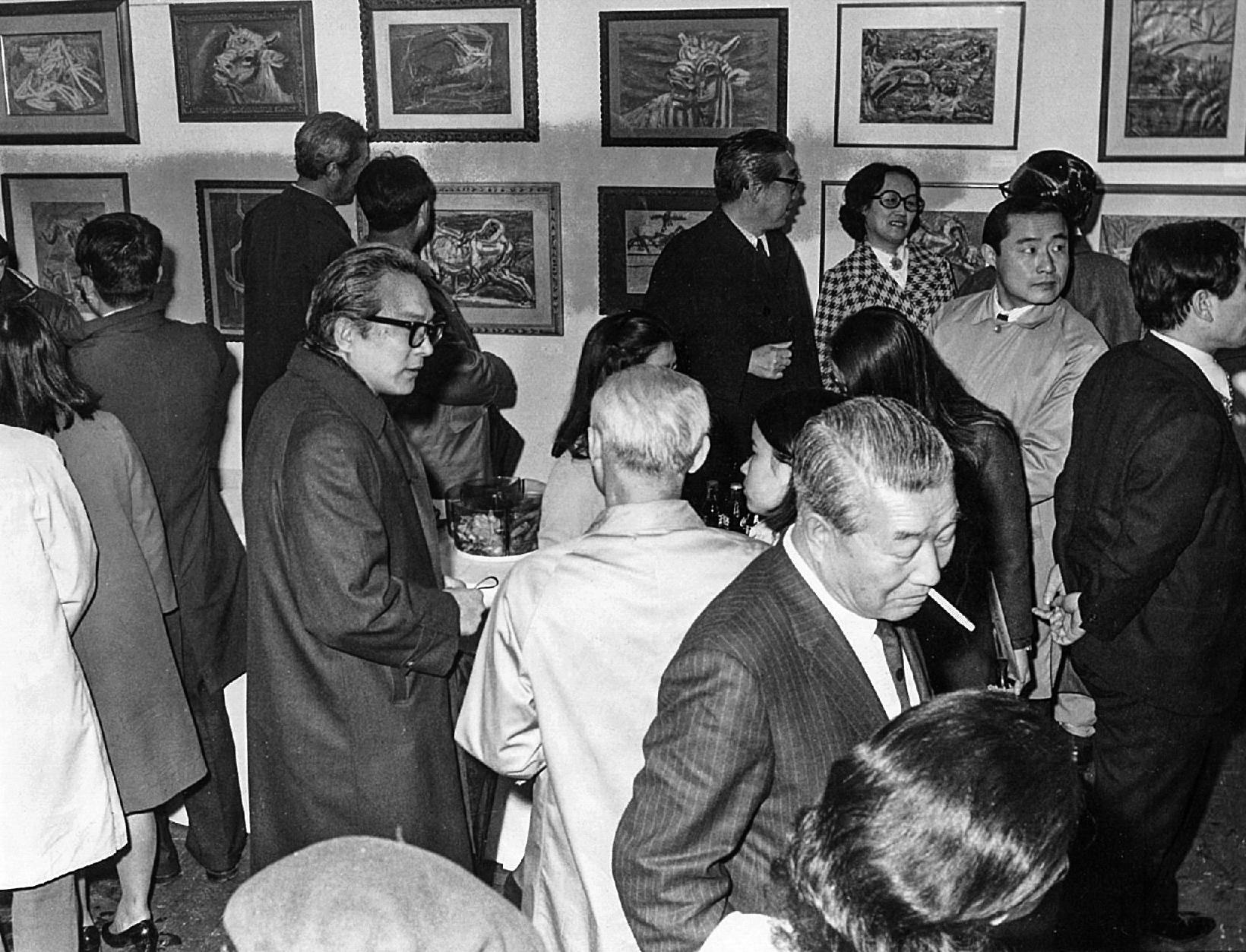
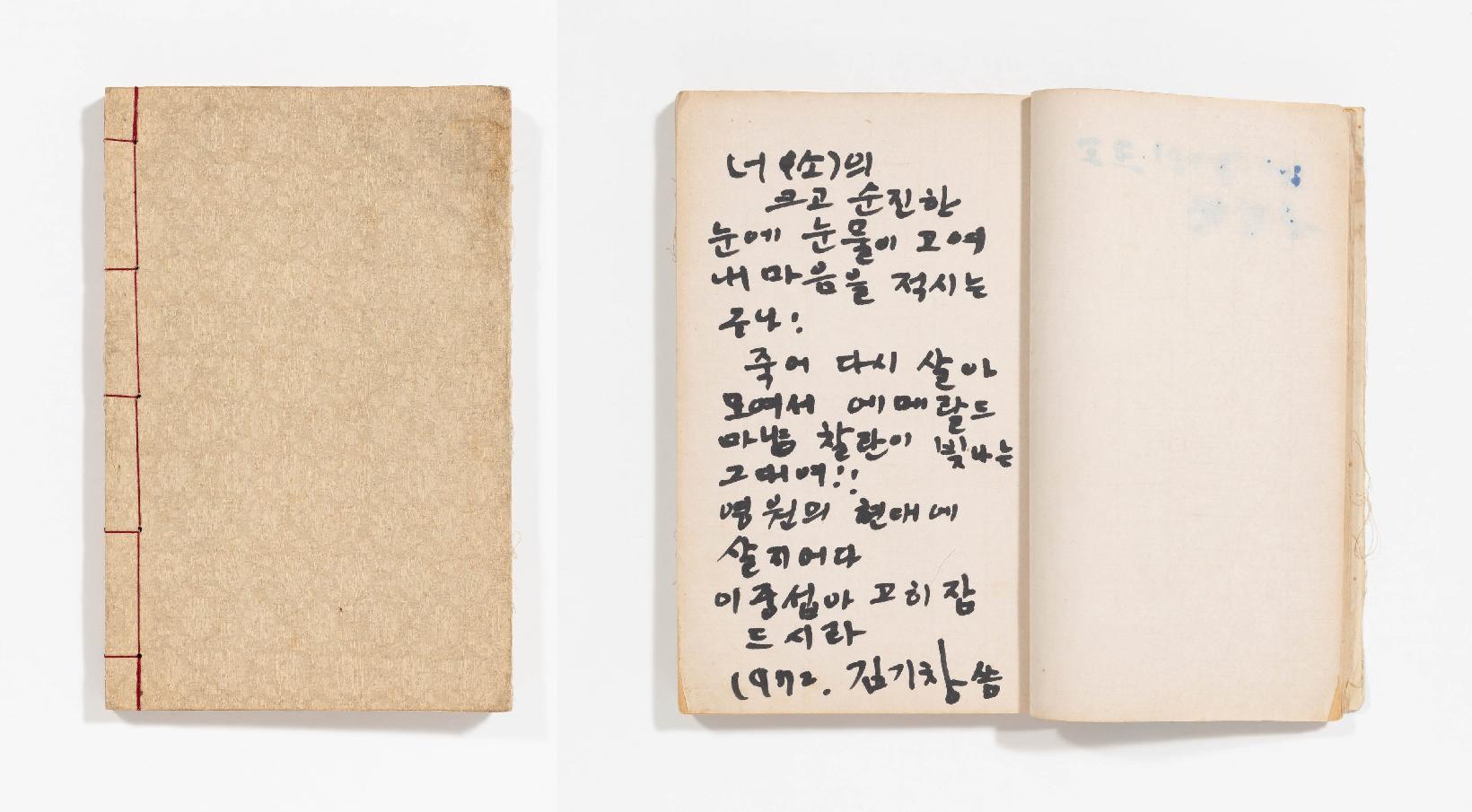
Lee passed away in 1956. His meager income, never quite enough in spite of his sustained output and active engagement with the art world, had always been a source of great pressure and guilt on Lee as the head of his household, eventually leading to his failing health and death. Designated as being without family or friends, Lee’s body was initially left unclaimed at the hospital until the poet Ku Sang collected it and arranged for a funeral service with colleagues. It was only during the 1970s, long after his lamentable and lonely end, that the Korean art world began to turn its attention back to Lee’s art. Indeed, a retrospective exhibition of Lee Jung Seob held in 1972 at Gallery Hyundai was the first large-scale art show to signal this revival. Showcasing no fewer than 120 of Lee’s paintings, this event also marked the publication of a comprehensive catalogue, which, in turn, became a turning point in imprinting the artist’s existence, and relevance, on the consciousness of audiences and critics alike.
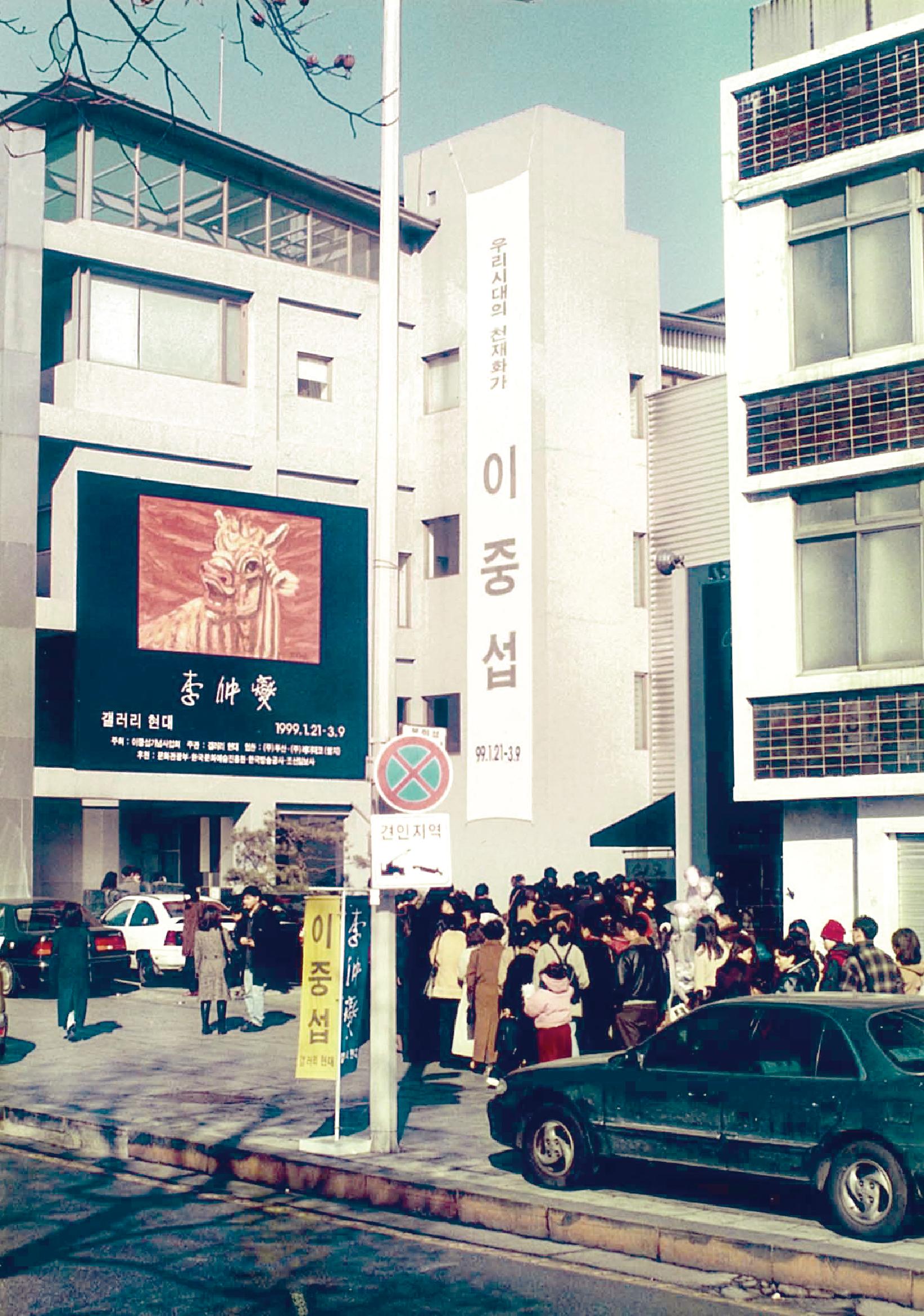
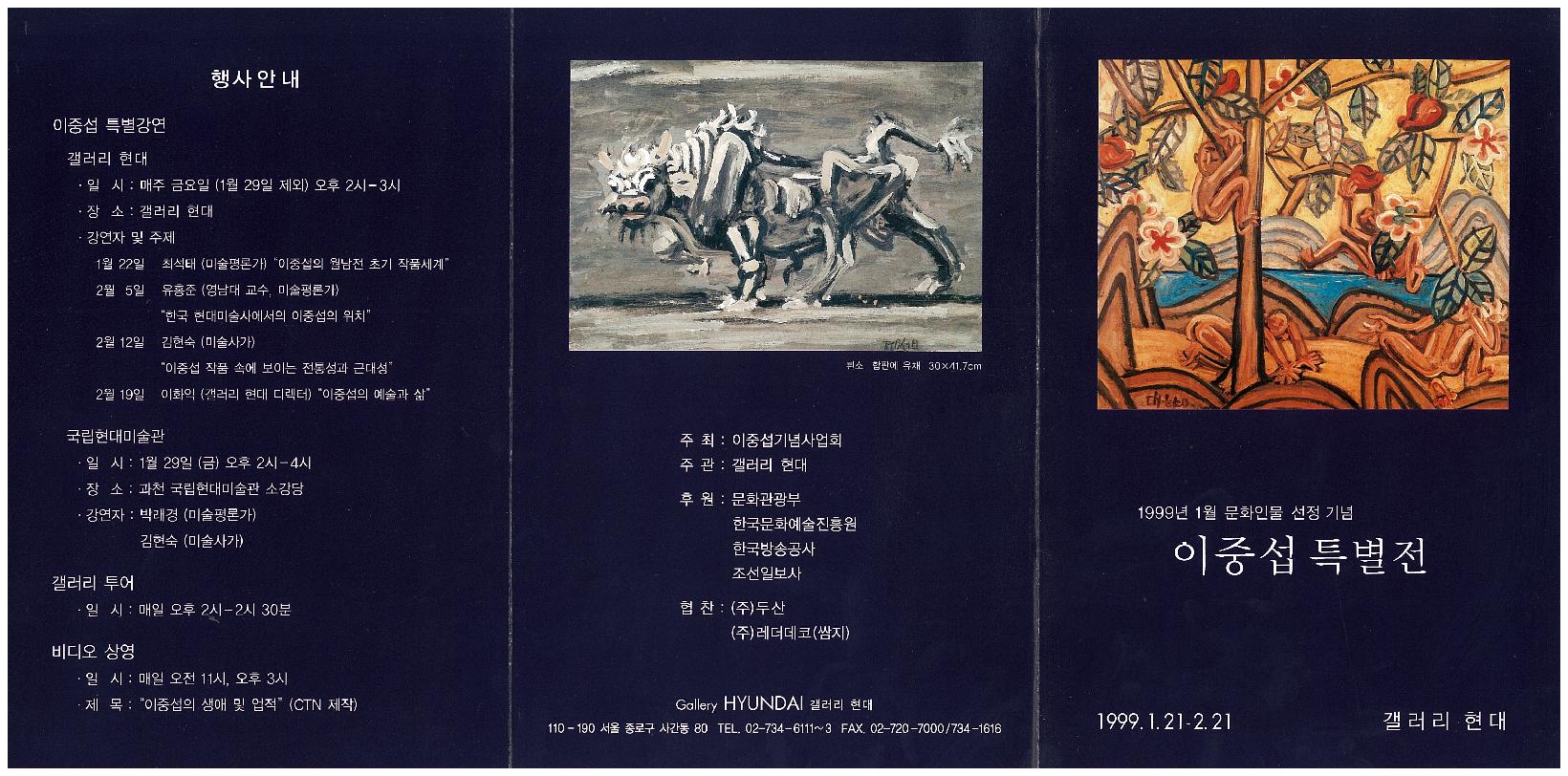
In 1999, with the opening of a special exhibition entitled, Lee Jung Seob, Gallery Hyundai set a record of over 90,000 visitors—the highest in the Gallery’s history to that point. With approximately 1,800 visitors a day, this show helped cement Lee Jung Seob’s status as the “National Artist.” While this show of course included major works like Bull, it also marked the debut of numerous unknown pieces like Self Portrait, Delight, and Fighting Bulls. In 2015, with one year left until the hundredth anniversary of Lee’s death, the show The Love of Lee Jung Seob, Family displayed 20 never before seen letter paintings, as well as three original tinfoil paintings on loan from the Museum of Modern Art in New York.
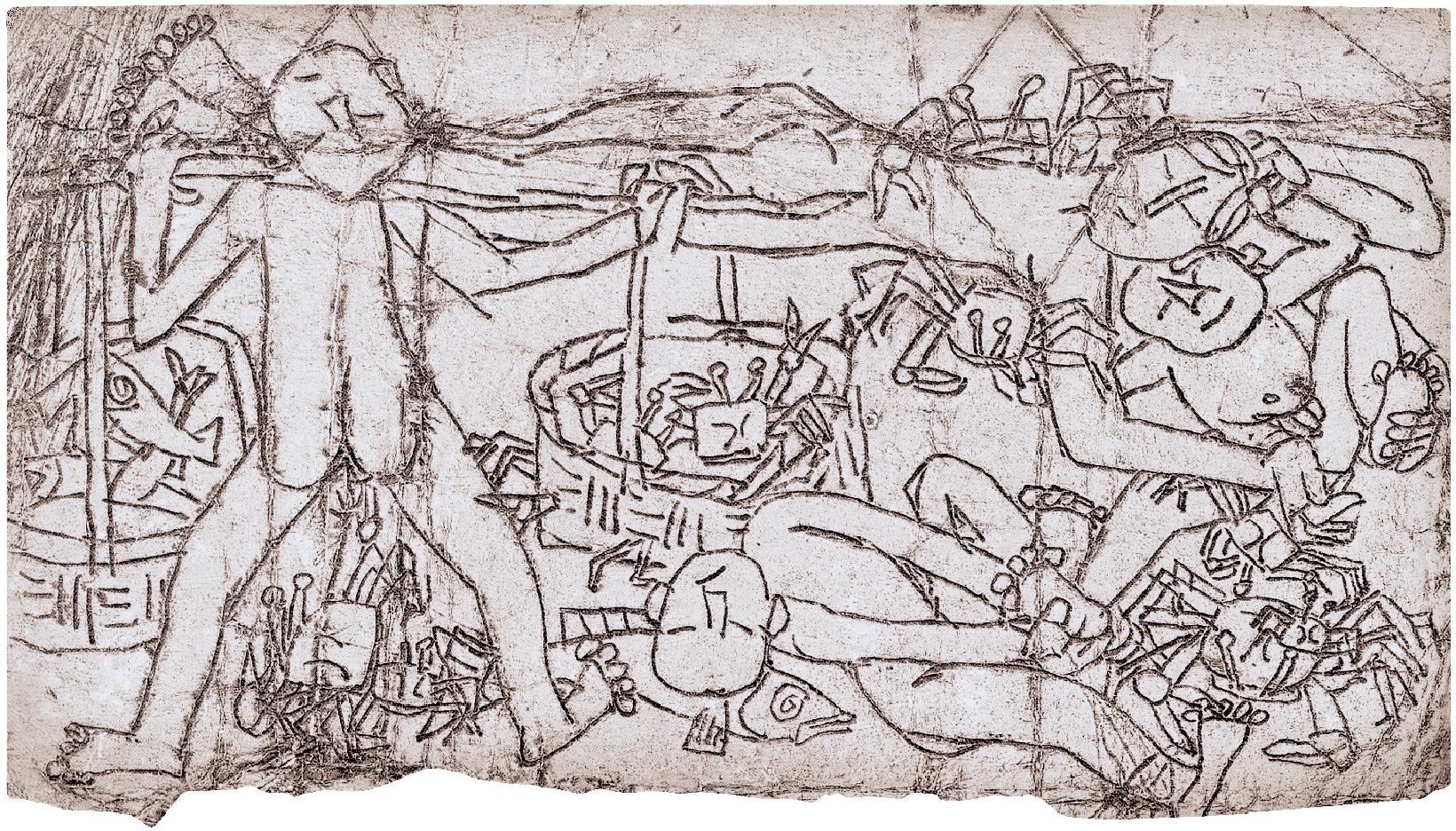
It is said that Lee Jung Seob often spoke of his wish to become the “painter of Korean people”— and, indeed, his life and works have become an integral part of the history of modern Korean art, and the effects of his influence are beyond measure. Impoverished and shabby as his days may have been, the flame of his artistic soul always burned bright and his body of work will always remain the exemplar of Koreanness.
Heami Park is an artist and exhibition associate at Gallery Hyundai.
1) Kim Inhye, “Commemorating the 100th Anniversary of the Birth of Lee Jung Seob,” Lee Jung Seob 1916-1956, Busan Museum of Art · Chosun Ilbo, 2016.